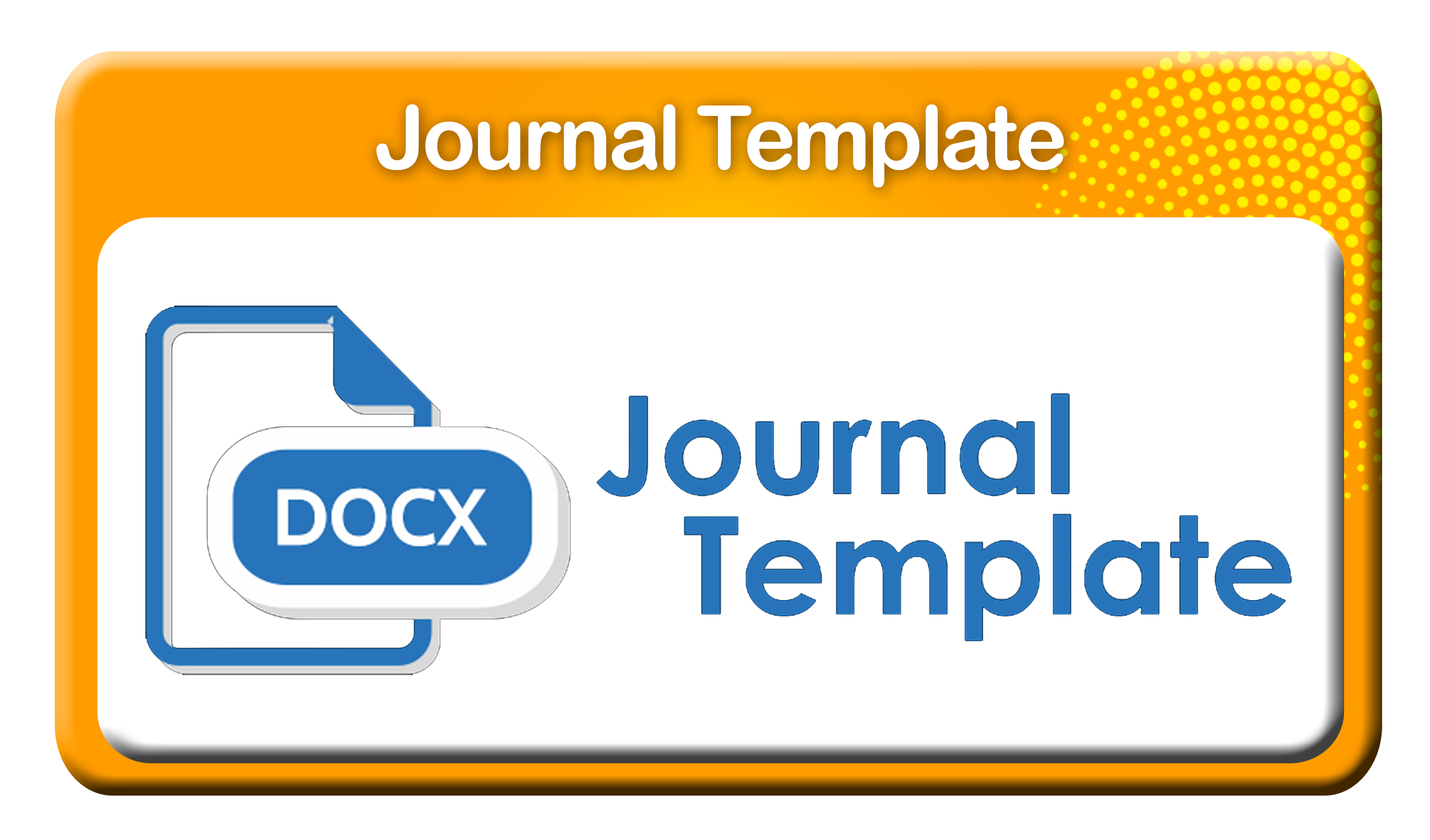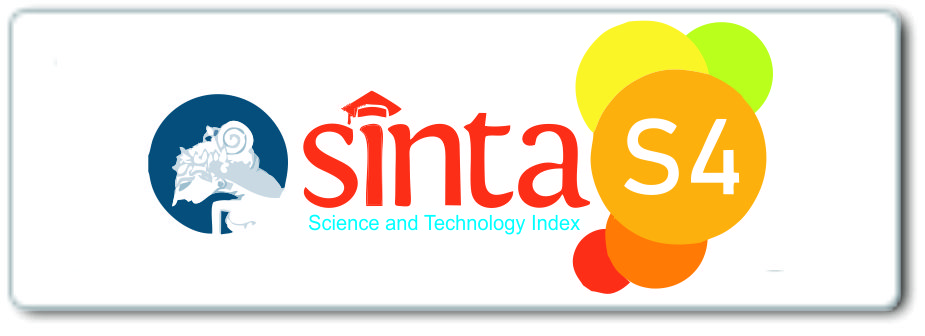The Effectiveness of Light Sports/ Light Exercise and The Use Of Turmeric Acid
To Decrease Dysminorea Effect of FIKES UMSIDA Students
DOI:
https://doi.org/10.29082/IJNMS/2018/Vol2/Iss02/83Abstract
Disminorea defined as pain started right on or before the start of menstrual period such as cramps and corrugated pain in the lower abdomen, spread onrear downwaist and you feel tingling sensation in the pelvicarea and surrounding areas.Women who are experience pain during menstruation require non-pharmacological therapies such as herbs asam kunyit and also exercise such as light sport / light exercise
Analyze the effectiveness light sport / light exercise and the use of kunyit asam to decrease dysminoreapain in Fakultas Universitas Muhammadiyah students
This study was an experimental study using a qualitative approach with pre and post test methods. With the number of respondents 60 respondents. Collecting data using questionnaires, the data were tested using t-test
The results of the study most respondents experienced a decrease in pain after day 2 and 3 after using kunyit asam with P = 0.000 and a day I did not decrease pain with P = 0.014. The results of the study do light exercise is more effective from the first day up to day 3 with a P value = 0.000
By doing light exercise rather than the use of kunyit asam is more effective to decrease dysmenorrhea pain
Increasing the awareness of young women about the importancedoing light sport / light exerciseto reduce pain disminorea
Key Ward : Dysminorea, Light Exercise, Turmeric Acid
Downloads
References
Agustiani, H. 2006. Developmental Psychology Ecological Approach Relating to Self Concept. Contents: PT. Repika Aditama
Alvintonang. 2008. Assessment of Nutritional Status. Jakarta: EGC
Andira, Dita. 2010. Ins and outs of Women's Reproductive Health. Yogyakarta: A.
Plus Books
Arifin. 2009. Menstrual pain. Our Doctor Magazine 7th Edition II-2009.
Bobak, L. 2005. Nursing Maternity. Jakarta: EGC
Directorate of Integration of Population Control Policy. 2007. Teenage Genre
and Early Marriage. Retrieved 6 July 2015 at 23:10 WIB, from http://repository.maranatha.edu/2368/3/0710204_Chapter1.PDF
Fraancin Paath, E. 2005. Nutrition in Reproductive Health. Jakarta: EGC
Ghicara, J. 2009. Healthy Way for Fitness and Body Health. Jakarta:
Comrade Library
Gibney. 2009. Public Health Nutrition. Jakarta: EGC
Hacker, N. F. 2005. Essential Obstetrics and Gynecology Edition 2. Jakarta:
Hippocratic
Hardjana. 2007. Benefits of Gymnastics Against Physical Fitness. Media Journal
Exact. Vol 8, No. 3. Airlangga University
Harry. 2007. Endorphin Mechanism in the Body. Retrieved 6 July 2015 hours
27 of http://klikharry.files.wordpres.com
Hudson, Tori. 2007. Using Nutrition to Relieve Primary Dysmenorrhea.
Alternative & Complementary Therapies. Mary Ann Liebert, Inc.
Hurlock. 2007. Developmental Psychology 5th Edition. Jakarta: Erlangga
Iqvita. Dysmenorrhea. In https://iqvita.wordpress.com/2010/06/06/dismenorrea
accessed on 3 July 2015 at 10.15 WIB
Judha, M., Sudarti, & Fauziah, A. 2012. Theory of Measurement of Pain & Pain
Labor. Yogyakarta: Nuha Medika
Karim, F. 2012. Guidelines for Sports Errors for Health Officials. Accessed
dated July 6, 2015 at 23:35 WIB, from related: file.upi.edu/
Directory / FPOK / JUR._PEND._KEPELA
Downloads
Published
Issue
Section
License
Authors who publish with IJNMS agree to the following terms
- Authors retain copyright licensed under a Creative Commons Attribution-ShareAlike 4.0 International License that allows others to share the work non-commercially with an acknowledgement of the work's authorship and initial publication in this journal.
- Authors are permitted and encouraged to post their work online (e.g., in institutional repositories or on their website) prior to and during the submission process, as it can lead to productive exchanges, as well as earlier and greater citation of published work (See The Effect of Open Access). Authors can archive pre-print and post-print or publisher's version/PDF.









_IJNMS.png)






